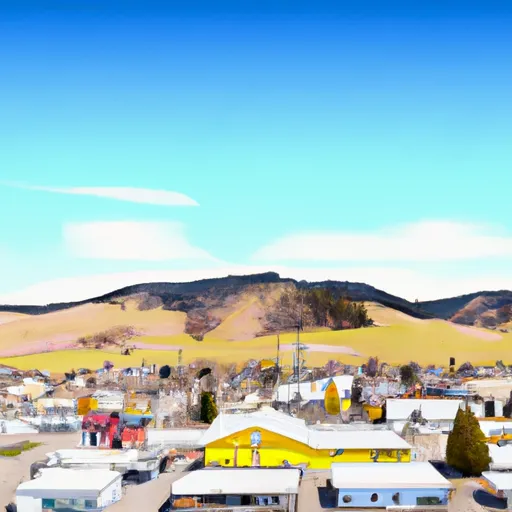°F
°F
mph
Windspeed
%
Humidity











Worley, Idaho is a small town located in Kootenai County. It experiences a continental climate, characterized by warm summers and cold winters. Summers are pleasant, with temperatures averaging around 80°F (27°C), while winters can be quite chilly, with temperatures dropping below freezing. It receives an average of 34 inches of rainfall annually, with July being the wettest month. Worley also sees snowfall during the winter months, which presents opportunities for winter sports enthusiasts.
The area around Worley is abundant in hydrology constituents, with numerous lakes and water bodies. Coeur d'Alene Lake, located nearby, is a popular destination for boating, fishing, and swimming. The lake is known for its crystal-clear waters and offers a wide range of recreational activities, including water sports and wildlife observation.
Outdoor recreation opportunities in Worley are plentiful. Apart from the water activities, the area offers hiking and biking trails for nature enthusiasts. Heyburn State Park, Idaho's oldest state park, is located nearby and boasts over 5,600 acres of pristine forests, providing opportunities for camping, picnicking, and wildlife viewing.
In summary, Worley, Idaho is a small town with a continental climate, featuring warm summers and cold winters. With its abundance of lakes and water bodies, outdoor enthusiasts can enjoy a variety of water activities, including boating, fishing, and swimming. The area also offers hiking, biking, camping, and wildlife viewing opportunities, making it an attractive destination for nature lovers.
Weather Forecast
Worley receives approximately 643mm of rain per year, with humidity levels near 74% and air temperatures averaging around 8°C. Worley has a plant hardyness factor of 6, meaning plants and agriculture in this region thrive during a short period during spring and early summer. Most plants will die off during the colder winter months.
Regional Streamflow Levels
6,690
Cubic Feet Per Second
16
Cubic Feet Per Second
5,040
Cubic Feet Per Second
802
Cubic Feet Per Second
Nearby Camping
| Camping Area | Reservations | Toilets | Showers |
|---|---|---|---|
| Liberty Lake Regional Park |



